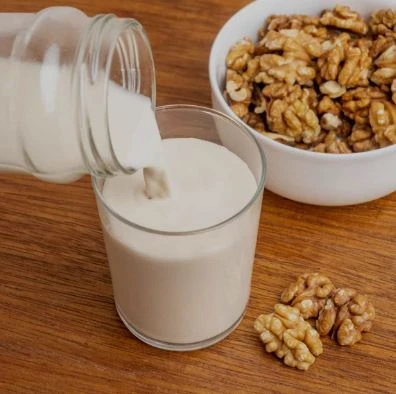
How To Make Homemade Walnut Milk Easily
Walnut milk is a healthy drink made by blending walnuts with water and then straining it. It’s a great dairy free milk option for people who can’t drink regular milk or follow a vegan diet.
This milk is creamy, slightly nutty in taste, and full of good fats like omega-3, which are great for your heart and brain. It’s also easy to make at home with just a few ingredients.
You can drink walnut milk on its own, add it to smoothies, pour it over cereal, or use it in tea and coffee. It’s fresh, natural, and better than many store-bought milks with added preservatives.
Read about Walnut
| Nutrient | Amount |
|---|---|
| Calories | 120 kcal |
| Protein | 3.0 g |
| Total Fat | 11.0 g |
| Saturated Fat | 1.0 g |
| Polyunsaturated Fat | 7.5 g |
| Omega-3 Fatty Acids | 2.5 g |
| Monounsaturated Fat | 2.0 g |
| Carbohydrates | 3.5 g |
| Sugars (Natural) | 0.5 g |
| Fiber | 1.0 g |
| Calcium | 20 mg |
| Magnesium | 45 mg |
| Potassium | 125 mg |
| Iron | 0.6 mg |
| Vitamin E | 0.3 mg |
| Zinc | 0.5 mg |
Ingredients
1 cup raw walnuts
3–4 cups filtered water (for blending)
1–2 dates (optional, for sweetness)
1 tsp vanilla extract (optional)
Pinch of sea salt
Step 1: Soak the Walnuts
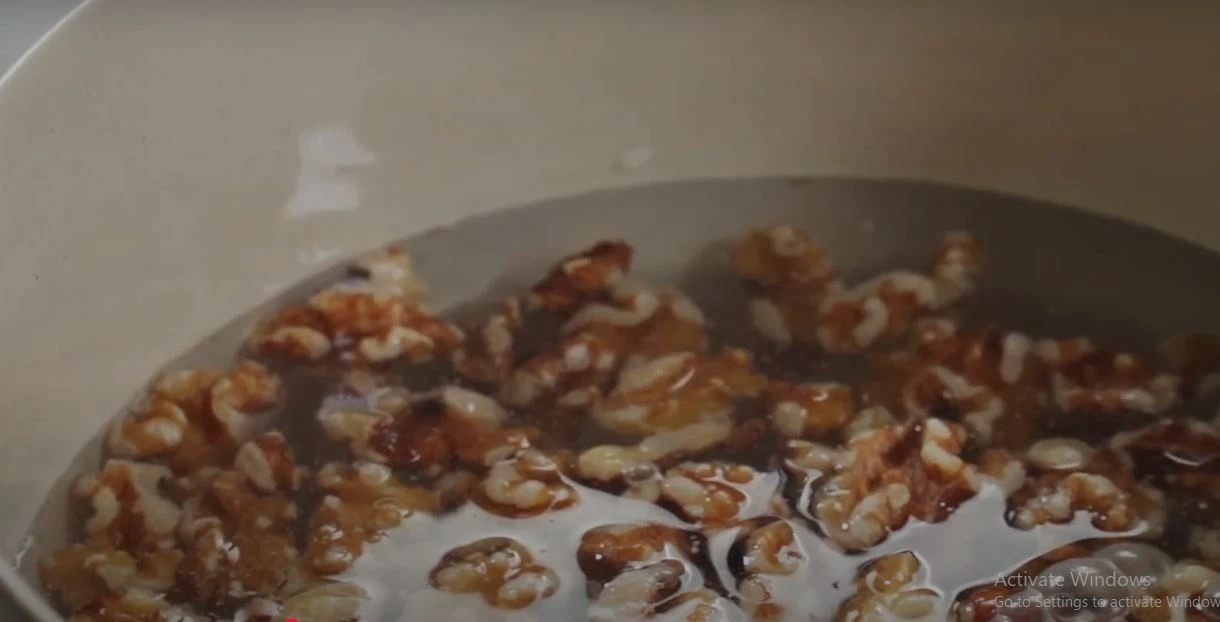
- Place 1 cup of raw walnuts in a bowl. Cover with water and let them soak for at least 4–6 hours or overnight. This helps remove bitterness and makes the walnuts easier to blend.
Step 2: Rinse and Drain
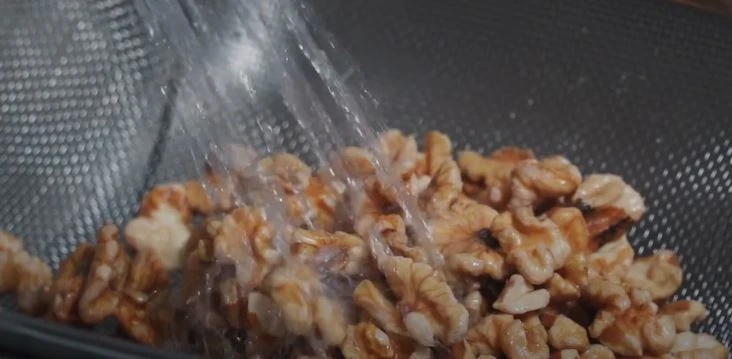
- After soaking, drain the walnuts and rinse them under cold water to remove enzyme inhibitors and any residue.
Step 3: Blend the Walnuts
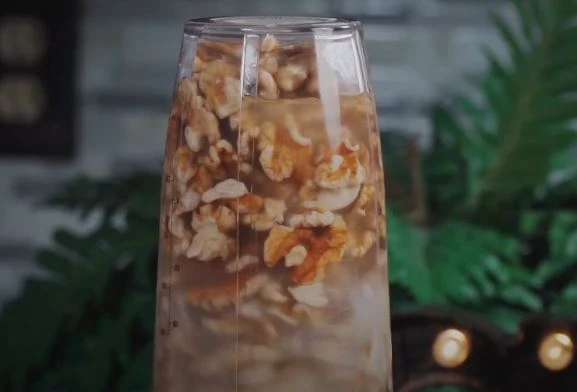
- Add soaked walnuts to a high-speed blender. Pour in 3–4 cups of fresh filtered water depending on how thick you want the milk. For a creamy texture, use 3 cups.
Step 4: Add Flavor (Optional)
- If desired, add 1–2 pitted dates, a teaspoon of vanilla extract, and a pinch of salt. This enhances the flavor of your walnut milk.
Step 5: Blend Until Smooth
- Blend the mixture on high speed for about 1–2 minutes until it turns creamy and smooth.
Step 6: Strain the Milk
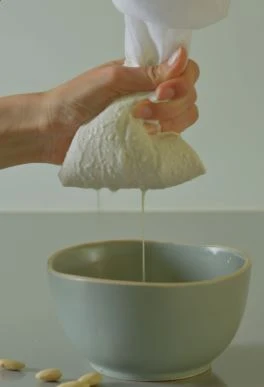
- Pour the walnut milk through a nut milk bag, fine mesh strainer, or cheesecloth into a clean bowl or jug. Squeeze or press out as much liquid as possible.
Step 7: Store and Use
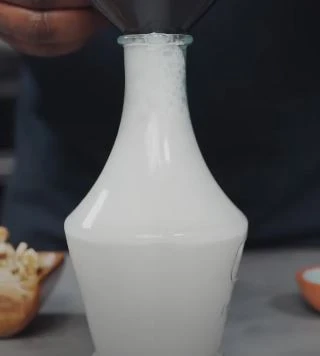
- Transfer the milk into a glass jar or bottle. Store in the refrigerator for up to 4–5 days. Shake well before each use.
Tips:
- Use leftover walnut pulp in smoothies, oatmeal, or baking recipes.
- Walnut milk works great in coffee, tea, cereal, and vegan desserts.
Read Related Article How to Make Warm Butterbeer – Easily
FAQs About Walnut Milk
Q1: What does walnut milk taste like?
A: Walnut milk has a creamy texture with a mild nutty flavor. Soaking helps reduce bitterness, and adding dates or vanilla gives it a naturally sweet and pleasant taste.
Q2: Is walnut milk good for health?
A: Yes, it’s rich in omega-3 fatty acids, antioxidants, and healthy fats that support brain and heart health. It’s also low in carbs and suitable for keto, vegan, and dairy-free diets.
Q3: Can I use walnut milk in coffee or tea?
A: Absolutely. Walnut milk froths well and works as a dairy substitute in hot drinks, lattes, or chai. Shake well before use.
Q5: Do I need to strain the milk?
A: Straining is recommended to remove pulp and achieve a smooth consistency. Use a nut milk bag or fine mesh strainer.
Q6: Can I use roasted walnuts?
A: It’s best to use raw walnuts for milk. Roasted walnuts have a stronger flavor and may reduce the nutritional value.
Q7: What can I do with leftover walnut pulp?
A: Don’t throw it away! Add it to smoothies, muffins, oatmeal, pancakes, or use it as a base in energy balls.
Q8: Is walnut milk better than almond milk?
A: Walnut milk has more omega-3s and a richer texture. Almond milk has slightly fewer calories. Both are excellent dairy alternatives.





